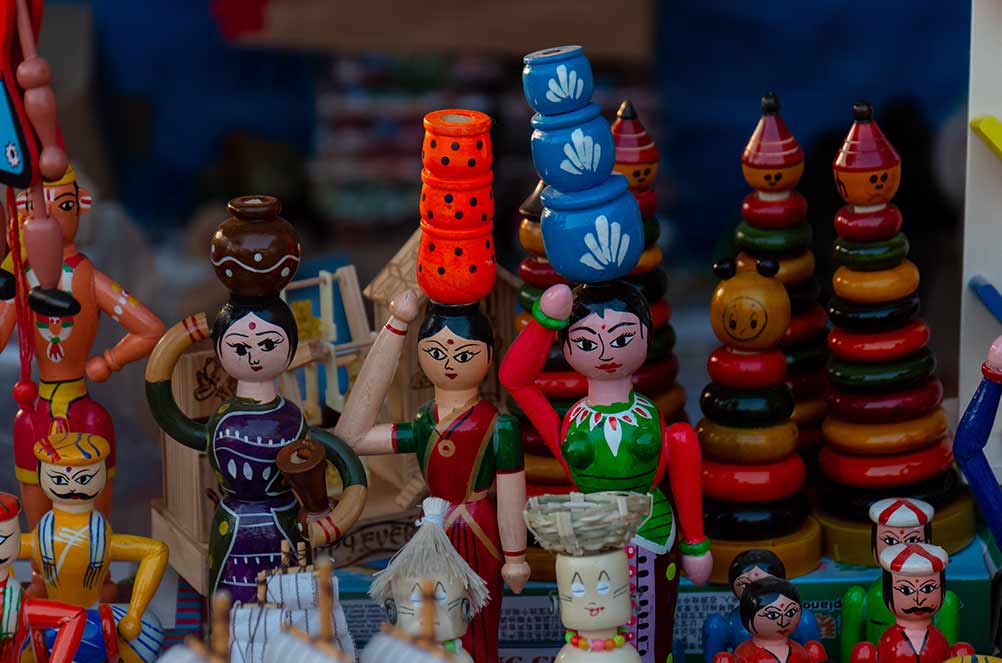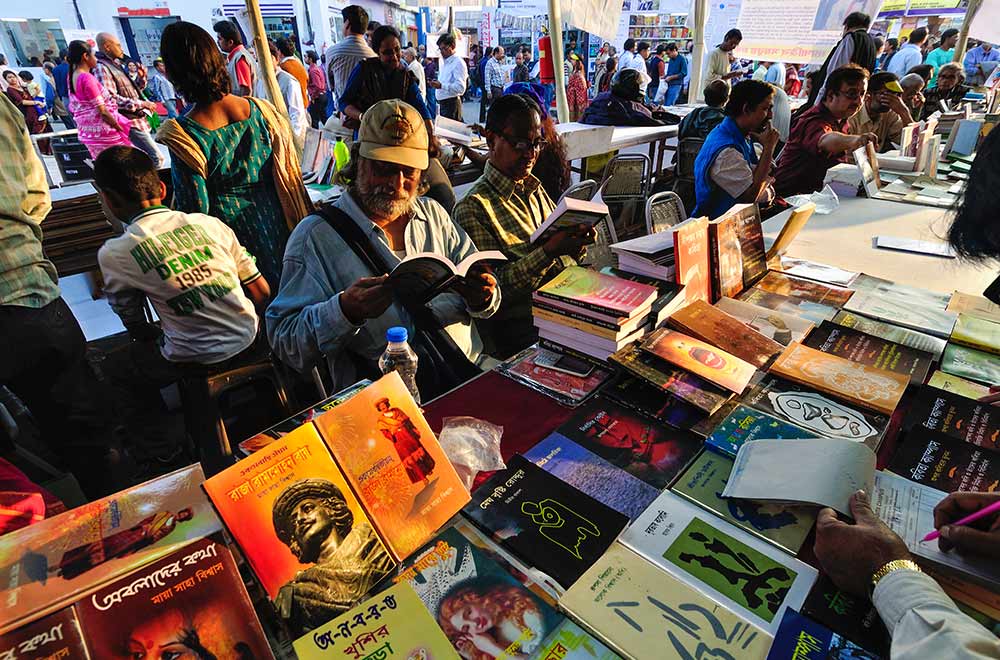Festivals! Aren’t they the happiest times of your year, bringing all the elements you love in the world together? There’s always a fun time full of loved ones, food, and rituals to look forward to during festivals—which is basically why we love them so much. But the big thing to note here is that festivals aren’t just limited to religious ones. Sure, they do dominate our yearly plans and calendars, whether at work or at home. And rituals around religious festivals are what we are most familiar with. And yet, there are plenty of non-religious festive occasions all year through which give us the same joy, chance to gather together and engage in interesting rituals, and get that sense of unity in community.
Wondering what these occasions are and what makes them tick? Read on.
What Makes A Festival Festive?
Religious or not, all festivals share certain aspects and have many benefits to provide. Apart from providing a sense of pride in your identity and community, they also provide economic opportunities for many, while also giving tourism a boost. But set that aside, and think about festivals beyond the context of religion and you’ll find that the reasons why you love religious festivals also applies to non-religious ones. This is because a festival is essentially a celebration of something we give immense value to—a deity, a god, a myth or legend, a fresh harvest, works of art and handicrafts, a change in season, a book, a film, an artist, a creator of note, or a sport.
But that’s not all that makes a festival festive. According to a study published in the journal Tourism Management in 2017, festivals include a number of things that ultimately lead to an increase in satisfaction and loyalty. The study explains that all festivals are based on six categories that have to be ticked to be able to provide satisfaction and loyalty:
1. Activities and rituals that entertain, educate and inspire.
2. An authenticity or uniqueness factor that sets this festival apart from others.
3. An occasion which gives concessions to engage in behaviours you wouldn’t engage in every day.
4. An environment that’s positive, forward-looking and hopeful.
5. An escape from everyday tedium and harsh realities of life.
6. A cause or reason to socialise.
If all of these boxes can be ticked, then that’s all you actually need to make any day a festival.
Festivals Beyond Religion
You may or may not be aware, but India has a long and thriving history of non-religious festivals. Being a traditionally agriculture-based society, the time of fresh harvests has always been marked by festivities and celebrations of all sorts. On the same note, spring and monsoon seasons are also considered auspicious for agricultural and environmental growth, and are celebrated in many ways. Given that Hinduism is largely a season- and nature-oriented religion—just like all ancient religions, even the ones which are no longer practised, like Greek, Roman, and Norse ones—these agriculture-based festivals have been, over the centuries, been subsumed in the larger mythology of the religion. This is primarily the reason why we attach such immense religious and ritualistic value to festivals like Baisakhi, Onam and the month of Shravan.

A Fair Game At Melas
However, when it comes to festivals originating in rituals of trade, handicrafts and entrepreneurship, the religious aspect remains absent or low key—and yet, these occasions are festive moments of immense pride and usually tick all the six boxes mentioned above. Take the Pushkar Mela for example. It’s the largest tribal gathering in India, held in Pushkar, Rajasthan, in the months of October-November. Pushkar Mela is essentially a cattle fair, where camels and horses were bought and sold by merchants—and today it has evolved into this immense, vibrant, sociocultural festival that attracts people from all over the world. Other Indian Melas and Fairs of similar nature are:
• Surajkund Mela, a handicrafts fair held on the first 15 days of February.
• Sonepur Mela, a cattle fair held a fortnight after Diwali in Bihar.
• Nauchandi Mela, a month-long fair held in Meerut after Holi, where artisans from Uttar Pradesh showcase and sell their wares.
• Medaram Jatar or Sammakka Saralamma Jatara, a tribal festival held in Warangal, Telangana in December-January.
It’s important to note that even though there are religious elements associated with some of these fairs, those are not usually the main attractions. The key concept here is fair trade and the promotion of local industries and livelihood sources.

Sporting Events
If you’re surprised at seeing sporting events being listed as festivals, don’t be, especially if you’re an Indian. We’re a nation that finds certain sports—like cricket all over India, football in certain parts—equal to major religions! We’re also a nation that gives god-like status to sportspersons like Sachin Tendulkar. So, this should definitely not come as a surprise—but if it still does, check that list above again, and ask yourself if you don’t feel all those same feelings when IPL season or football or hockey league matches start.
There, you know the answer. Sporting events are the biggest non-religious festivals in India. In fact, given that the Olympics, held once every four years since ancient Greeks first introduced it, do include festivities, pomp and celebrations at an international level with the inclusion of all nations, peoples and sports, would it be wrong to say that they are the biggest sporting festivals in the world? Consider the scale, rituals and celebrations associated with all such international sporting events, like the Asian Games or Commonwealth Games, and you’ll understand just why sporting events are festivals in their own right.

Film, Art, Fashion And Food For Thought
Over the last half-century or so, films, art and fashion have emerged as major sources of festivities and celebrations. While globally, film festivals based in Cannes, New York, Toronto bring stalwarts of global cinema together, festivals in India are based out of Mumbai, Kolkata and even Ladakh, and represent a cross-section of Indian movies in regional languages. In recent years, several queer film festivals have also initiated the celebration of LGBTQIA Pride through moving pictures. When it comes to art, the Indian Art Fair in Delhi (January-February), Kala Ghoda Arts Festival in Mumbai (February), and the Taj Mahotsav in Agra (February) are some of the major art festivals in the country—apart from those organised by museums, art galleries and private enthusiasts.
The major fashion centres of the world—Paris, New York, Milan and London—have week-long fashion festivals which not only engage eyeballs and interest from around the world, but also highlight global movements and market trends. In India, the Lakme Fashion Week brings Indian fashion into focus, and Bridal Fashion Weeks are also held to celebrate and promote sartorial choices around weddings. Food festivals in India are a more recent entry, gaining popularity only in the last decade or so. But given India’s rich culinary history and culture, it’s not surprising at all that people have taken to looking forward to annual food festivals like the National Street Food Festival, Grub Fest, Navi Mumbai Food Truck Festival, Goa Food and Cultural Festival, Bengaluru Food Fete, and Ahare Bangla festival.
Unity In Festivity
Each of the festivals or festive occasions mentioned above go beyond religion, and that’s definitely a big highlight. But what they also do is to bring people together and help them find more common ground than just religion. In a world which is increasingly becoming more divisive, it’s crucial that we not only celebrate religious festivals—which will never lose their charm and importance in our lives—but also participate in the festive spirit of any and all melas, harvest festivals, sporting events, and occasions that celebrate human creativity through films, art, fashion and food.